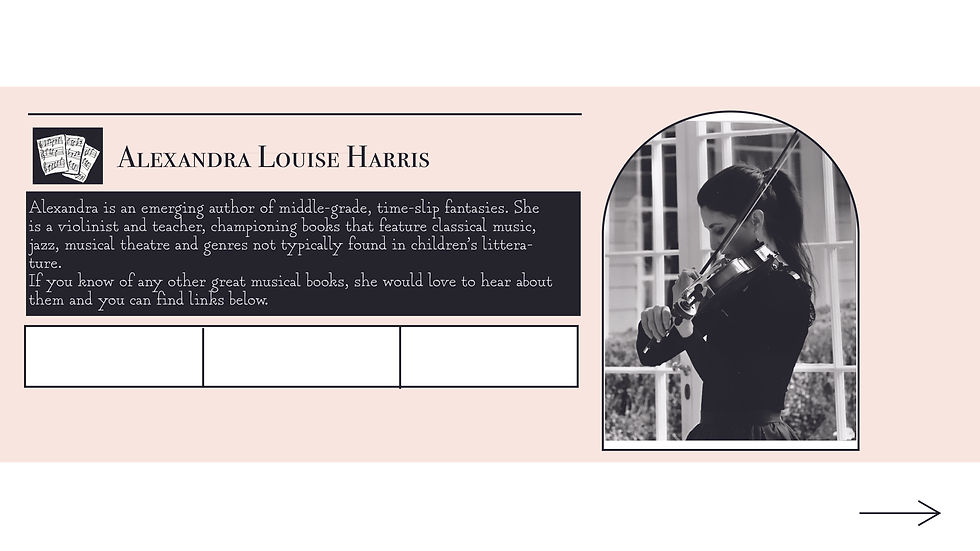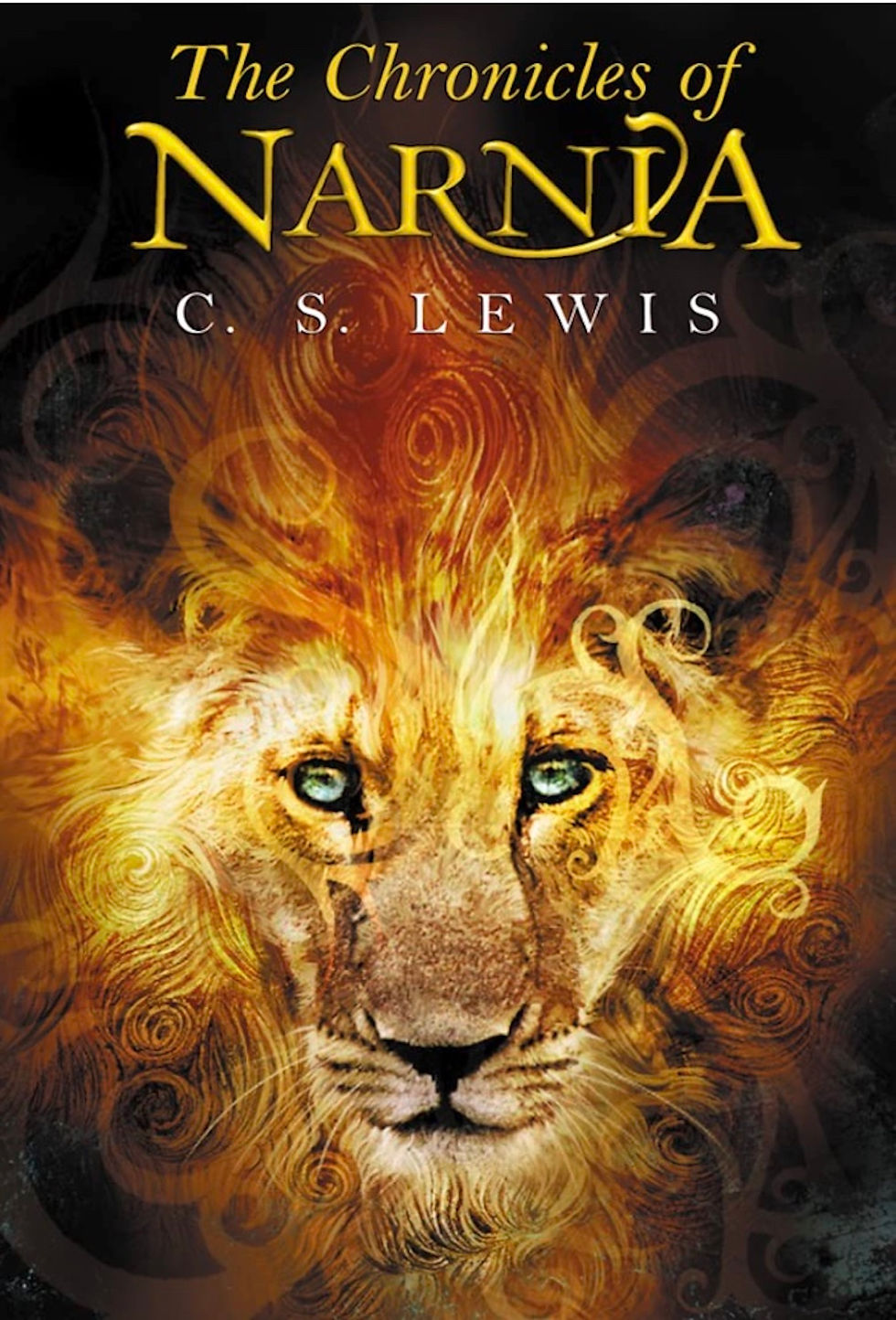Harry Potter and the Philosopher's Stone
- Alexandra Louise Harris

- Nov 13, 2023
- 4 min read
Updated: Mar 3, 2024
I re-read this book in the school holidays. Instead of practicing for a concert, I think you’ll agree, it’s eminently more sensible and perfectly reasonable to read two books in one day. Especially when one of those is Harry Potter and the Philosopher’s Stone.

Having read it years and years ago before I even contemplated middle-grade writing, I thought it was high time to read it again, and how glad I am that I did! I found another addition to the Violetta symphony. The singing witch’s hat… or the Thinking Cap, I should say. Now, it’s been some time since I’ve watched the movie, but I don’t remember hearing the whole song. It’s quite a catchy ditty! I found this version on YouTube. There’s also a harp that plays on its own and a carved wooden flute that makes a sound like an owl—both who can send Fluffy to sleep. Oh, and Uncle Vernan, despite his horribleness, sings: ‘Tiptoe through the Tulips.’
Then there is this statement, said by Dumbledore the wise.
‘Ah, music,’ he says, wiping his eyes. ‘A magic beyond all we do here.’
Music is magic, isn’t it? I’m so glad that J. K. Rowling and I are on the same page. Oh, yes. I almost forgot. I promised an update of the Violetta Symphony. So far we have:
The four violins from Violetta and the Venetian Violin
A magical harmonica from Echo
A flute, a clarinet and a cello from Mystwick School of Magic
Jack’s magical harp from Land of Stories
An electric guitar from Right Way to Rock
A nickelstave, two tubas, a lorelie and a full grummellphone section from The Girl Who Circumnavigated FairyLand
And a piano from The Body Under the Piano
Of course, we needed a conductor, and who better than Chroma the Great conductor extraordinaire from Phantom Tollbooth, and some composers like the merry crew of classical greats in Why Handel Waggled His Wig.
And no symphony orchestra is complete without a chorus:
A shanty singing coyote soldier from Wildwood
A singing mechanical bird from The Mona Lisa Mystery
And now a tuneful witch’s hat from Harry Potter and the Philosopher’s Stone.
There is always room for more, so have no fear. By this time next year, this merry and magical group will have expanded even further!
However, the first thing I noticed this time around was how much the writing reminded me of Roald Dahl. Roald Dahl loves a bit of verse, but that’s not the only similarity. The whimsical, well drawn descriptions make the story come to life on the page. Nasty people are described in such detail, and I think that’s what makes it all so believable. Plausibility seems like a lofty goal in a fantasy novel, but all the descriptions of food, rules, and random items in each room are so rich and complicated, it seems it couldn’t possibly be any other way. There are so many examples, but when magic crosses into the real world, why wouldn’t Hagrid be knitting a canary-yellow circus tent on a train?
Then, of course, there are the characters. The dialogue, for starters. I remember being discouraged from using too many abbreviated words, but take Hagrid, for example;
‘I’d not say no ter summat stronger if yeh’ve got it, mind.’
No one but Hagrid could talk like that. There are other reasons many consider this book to be a masterpiece. One of them is the element of mystery. There are hints of the Philosopher’s Stone when Hagrid and Harry first visit Diagon Alley, but we don’t hear its name mentioned until p161. I was pleased to discover this, as I had some instinct when writing Violetta 2 that led me to a similar conclusion. There’s also a dark and evil force, common to the horror and thriller genre, presenting a very real and present threat. He killed Harry’s parents and now he is after Harry.
Voldamort personifies not just the antagonist, but also the theme of good vs. evil. The houses Gryffindor and Slitherin represent opposing forces, and there is often a moral dilemma to face.

Do you save yourself, or do you risk your life to save others? Despite initial butting heads of Ron and Hermoine, the crew come together, and ‘there are some things you can’t share without liking each other, and knocking out a twelve-foot mountain troll is one of them’. There’s also a sense that rules are meant to be broken, especially when there is a greater threat to be quelled, and then:
‘There is no good and evil,’ says Professor Quirell. ‘There is only power, and those too weak to seek it.’
Very Lord of the Rings, and a theme that commonly runs through fantasy novels… including Violetta and the Paganini Poltergeist. With great power comes great responsibility, and like all things magical and time-travel, there are big things at stake...
Now I just need to finish it!
#middlegradebooks, #harrypotterandthephilosophersstone, #violettaandthevenetianviolin #musicalbooksforchildren, #ferdinandsmusicalbooks, #middlegradebookreview





Comentarios